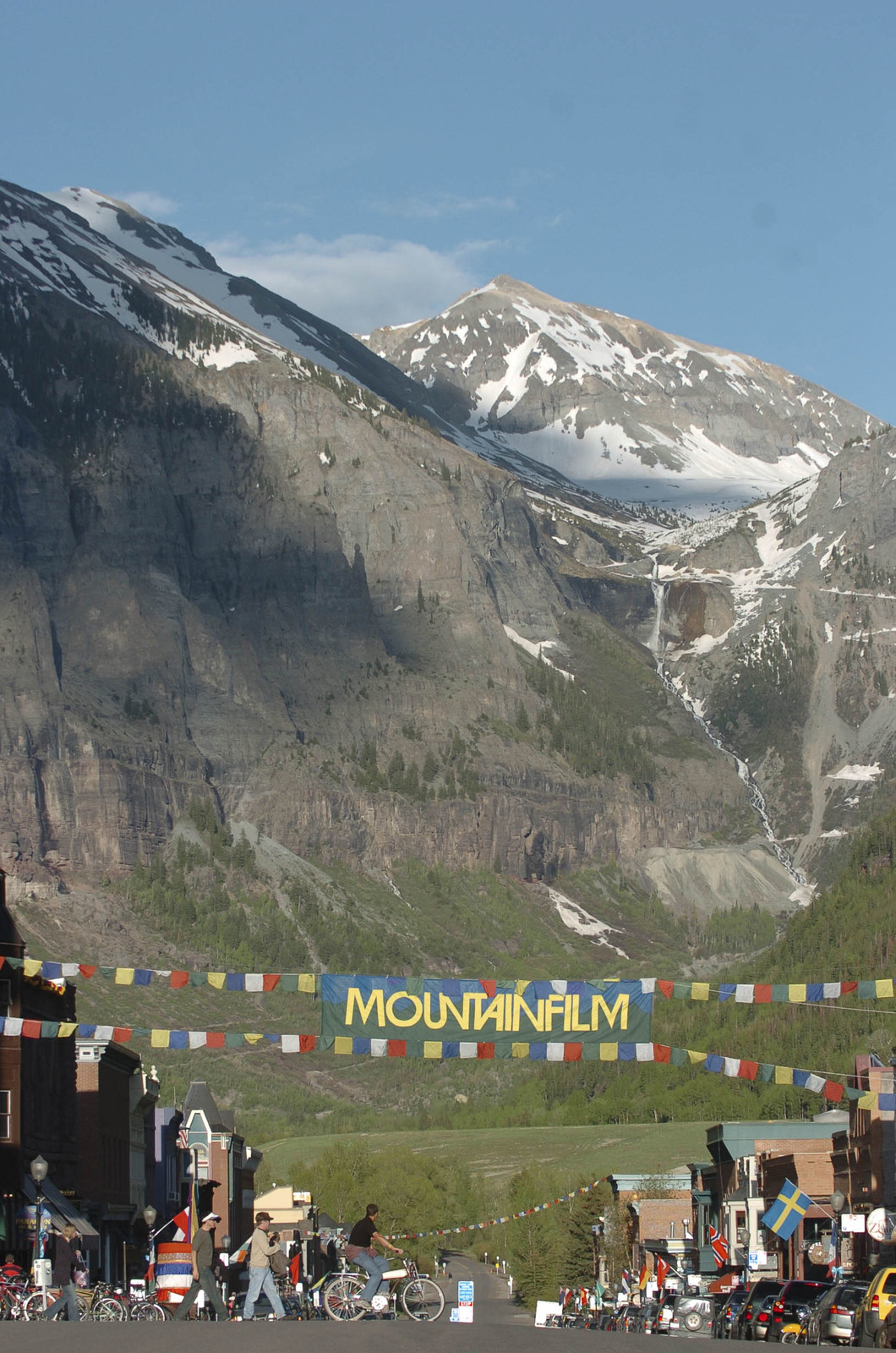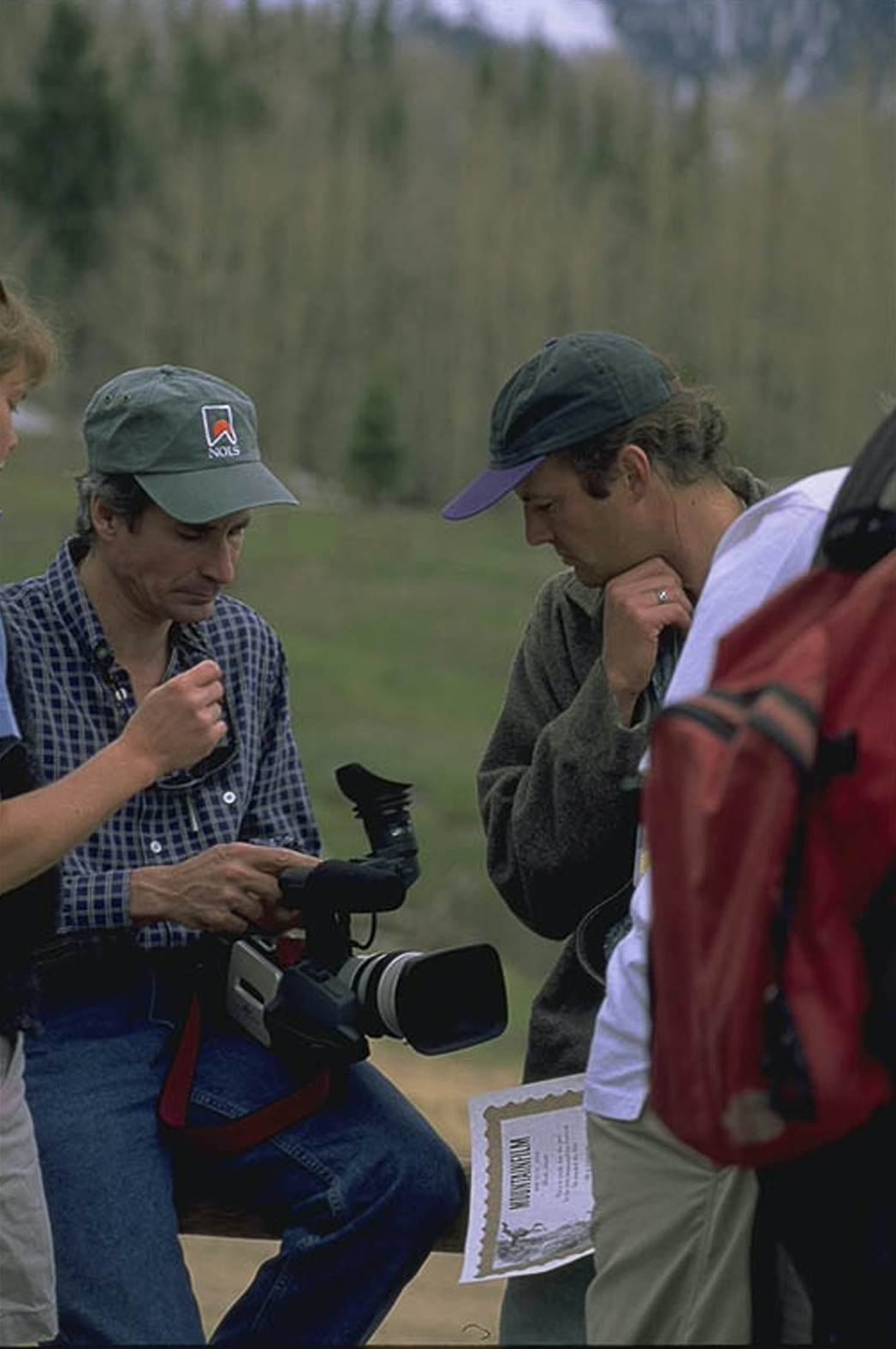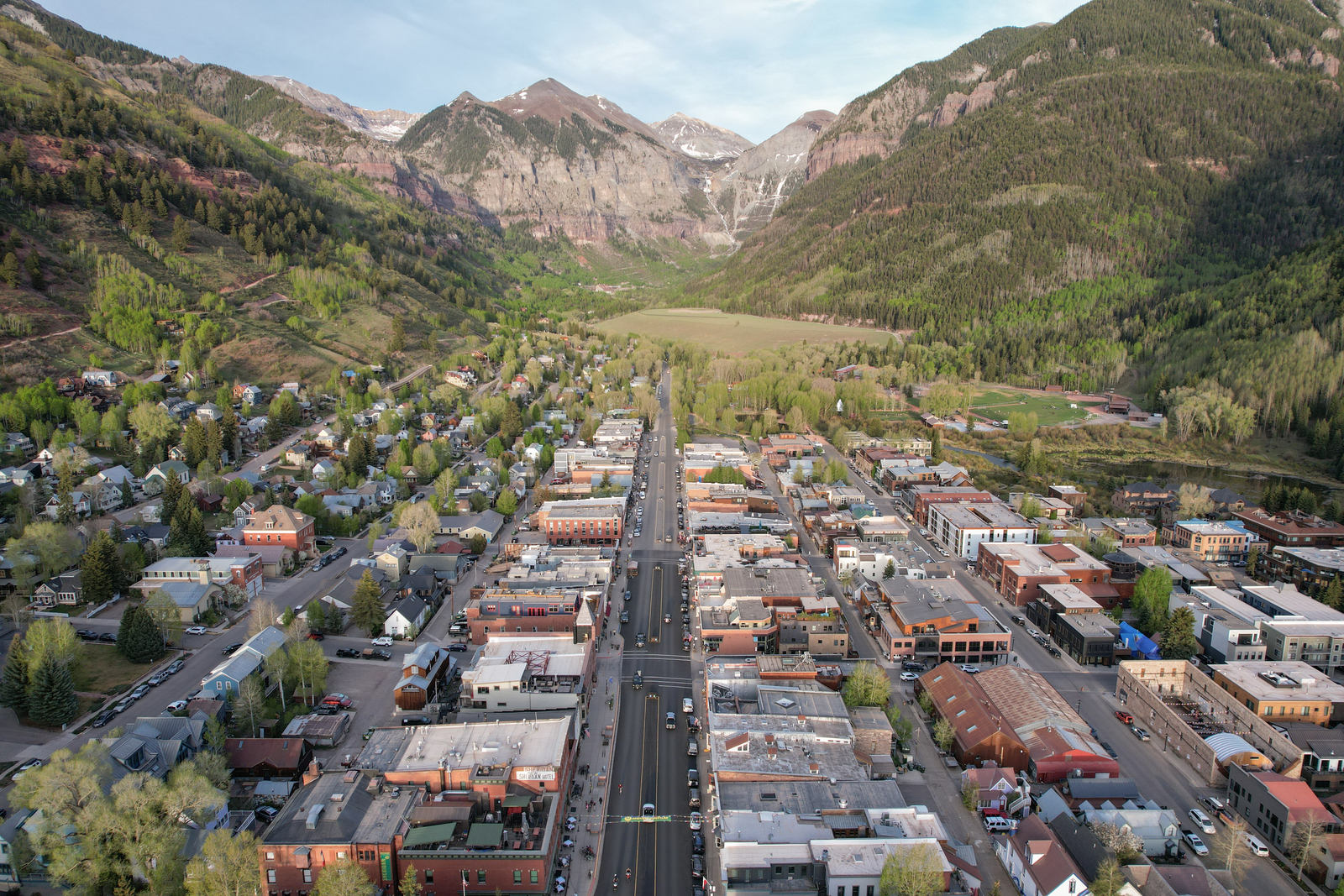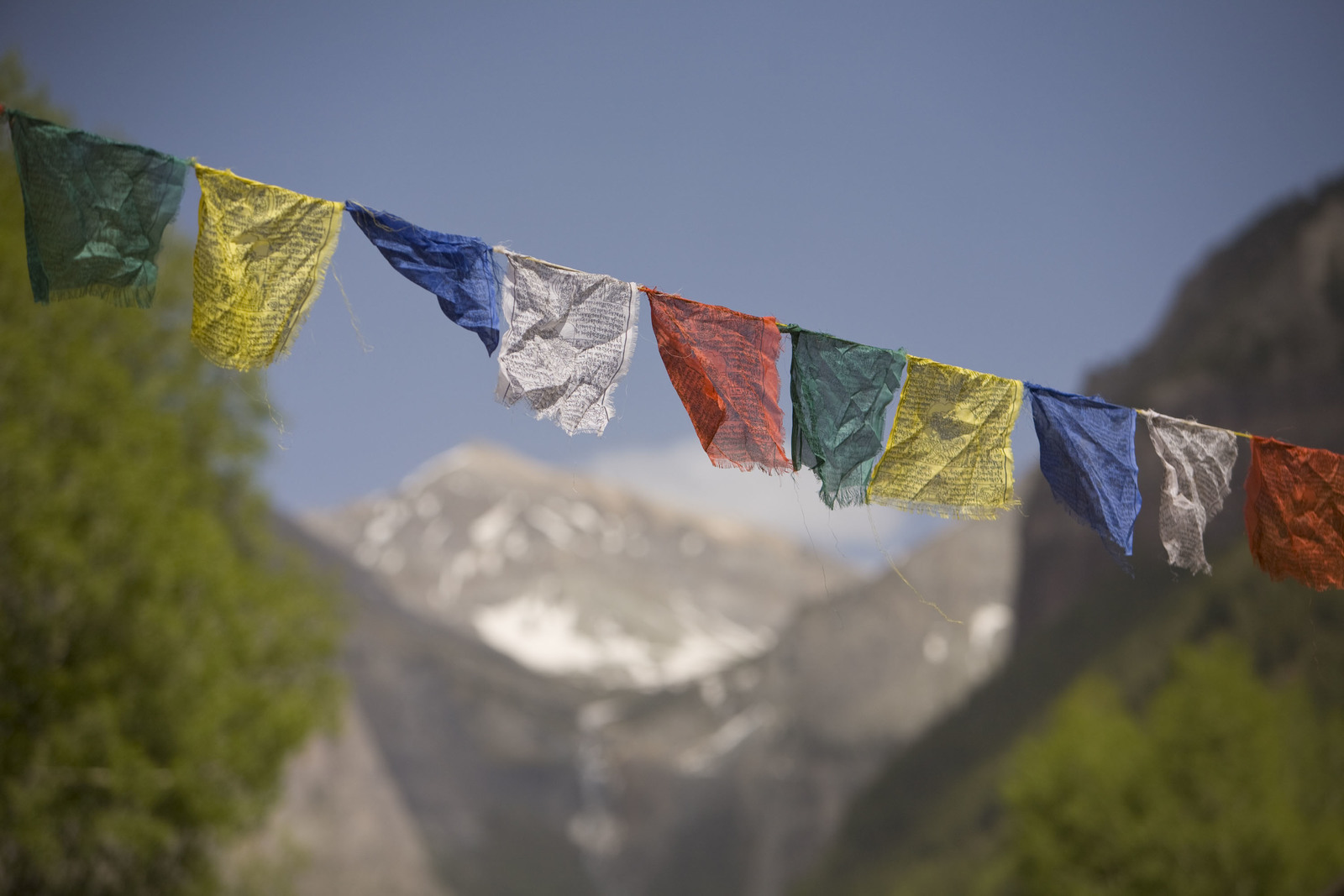
About Mountainfilm
Mountainfilm Festival
Started in 1979, Mountainfilm is one of America’s longest-running film festivals. Through the years, in and out of trends and fads, the festival has grown and changed to its current iteration, a thought-provoking weekend of film, art and ideas, that leaves audiences with full cups andfeeling inspired to create a better world.
In addition to screening leading independent documentary films from around the world, the festival includes a speaker series focusing on contemporary issues, art and photography exhibits, early morning coffee talks, outdoor programs, a book-signing party, an ice cream social, student programs and a closing picnic/awards ceremony. Presentations and panels are scheduled throughout the Memorial Day weekend event with a wide diversity of special guests, ranging from artists to adventurers and academics to activists.
Mountainfilm takes place on the traditional, ancestral, and unceded homelands of the Nuchu (Ute) and Pueblo people.
Our Mission
Mountainfilm uses the power of film, art and ideas to inspire audiences to create a better world.
Our Vision
Mountainfilm is a dynamic organization and festival of films, people, stories, and ideas that celebrates indomitable spirit, educates and inspires audiences, and motivates individuals and communities to advance solutions for a livable world.
Our Values
- Embracing adventure
- Preserving environments
- Connecting cultures
- Elevating Diverse Voices
- Building community
- Inspiring activism
- Fostering storytellers
- Promoting integrity
- Gathering visionaries
- Celebrating courage
- Enlightening audiences


History

Telluride
